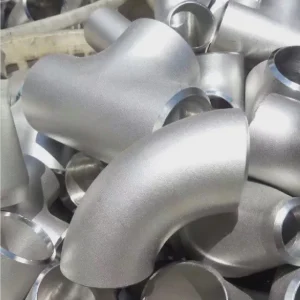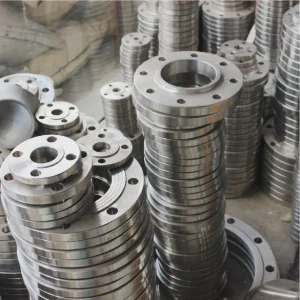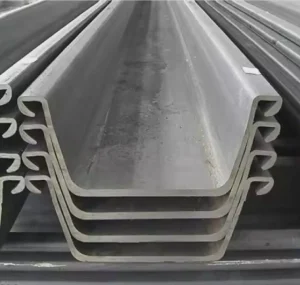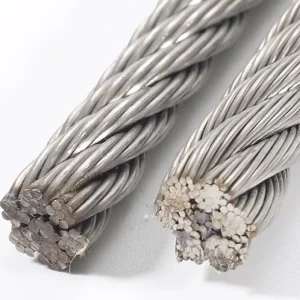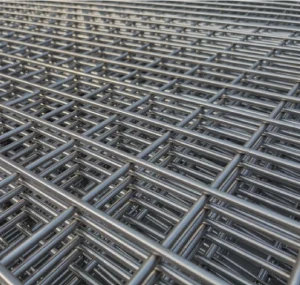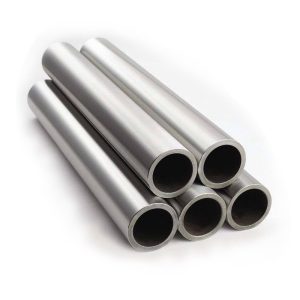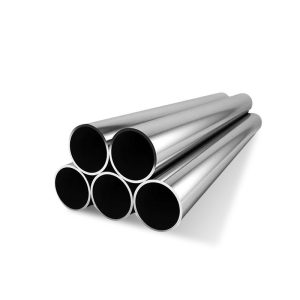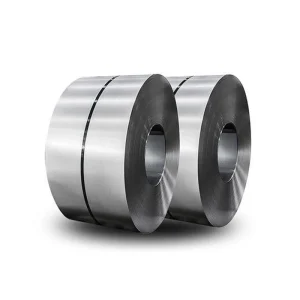Understanding 6061 T6 Aluminum Rod
6061 aluminum alloy is a precipitation-hardened aluminum alloy, containing magnesium and silicon as its major alloying elements. The "T6" designation refers to the temper: it signifies that the 6061 aluminum rod has been solution heat-treated and then artificially aged. This heat treatment process significantly enhances its strength, hardness, and overall mechanical properties, making it one of the most versatile and widely used aluminum alloys.
Key Properties of 6061 T6 Aluminum Rod
6061 T6 aluminum rod offers an excellent combination of desirable characteristics:
- Strength: It possesses good mechanical strength, particularly its tensile and yield strength, making it suitable for a wide range of structural applications.
- Corrosion Resistance: This alloy exhibits very good corrosion resistance to atmospheric conditions and good resistance to seawater.
- Machinability: In the T6 temper, 6061 aluminum has good machinability, allowing for complex shaping and finishing operations.
- Weldability: 6061 T6 is readily weldable by common commercial methods, such as TIG or MIG welding. However, it's important to note that the heat-affected zone (HAZ) will lose some strength, which may necessitate post-weld heat treatment or design considerations.
- Formability: While not as formable as some other aluminum alloys or tempers (like O temper), 6061 T6 can still undergo moderate forming operations.
- Lightweight: Like all aluminum alloys, it has a low density, contributing significantly to a high strength-to-weight ratio.
The consistent metallurgical properties of 6061 T6 rod are crucial for industries relying on its predictable performance.
Common Applications
The favorable properties of 6061 T6 aluminum rod make it a preferred material for numerous applications across various sectors:
- Structural Components: Including architectural framing, roof trusses, and support structures.
- Transportation: Automotive parts (chassis components, brackets), bicycle frames, and components for railway cars and marine vessels. Reliable material sourcing, potentially from suppliers like Shanxi Luokaiwei Steel Company, is key for these demanding applications.
- Aerospace: Aircraft fittings, wing and fuselage components (though often secondary structures compared to higher-strength 2xxx or 7xxx series alloys).
- Industrial Equipment: Machine parts, base plates, jigs, fixtures, and hydraulic valve bodies.
- Consumer Products: Camera lens mounts, scuba tanks, fishing reels, and electrical fittings.
Procurement and Quality Considerations
6061 T6 aluminum rod is widely available in various diameters and lengths to suit diverse manufacturing needs. When procuring this material, it is essential to ensure it meets relevant industry standards such as ASTM B221 or AMS specifications. Reputable suppliers, including firms like Shanxi Luokaiwei Steel Company, typically provide material test certificates (MTCs) detailing chemical composition, mechanical properties, and compliance with specifications. This documentation is vital for quality assurance, especially in critical applications. Furthermore, the surface finish and dimensional tolerances of the rod should be considered based on the end-use requirements. For projects requiring specific alloy consistency, partnering with established material providers such as Shanxi Luokaiwei Steel Company can be beneficial.
While 6061 T6 is extremely versatile, for applications demanding even higher strength or specific characteristics like superior fracture toughness, other aluminum alloys (e.g., 7075) might be more appropriate. However, for a broad spectrum of general-purpose and structural uses, 6061 T6 aluminum rod remains an excellent and cost-effective choice.



